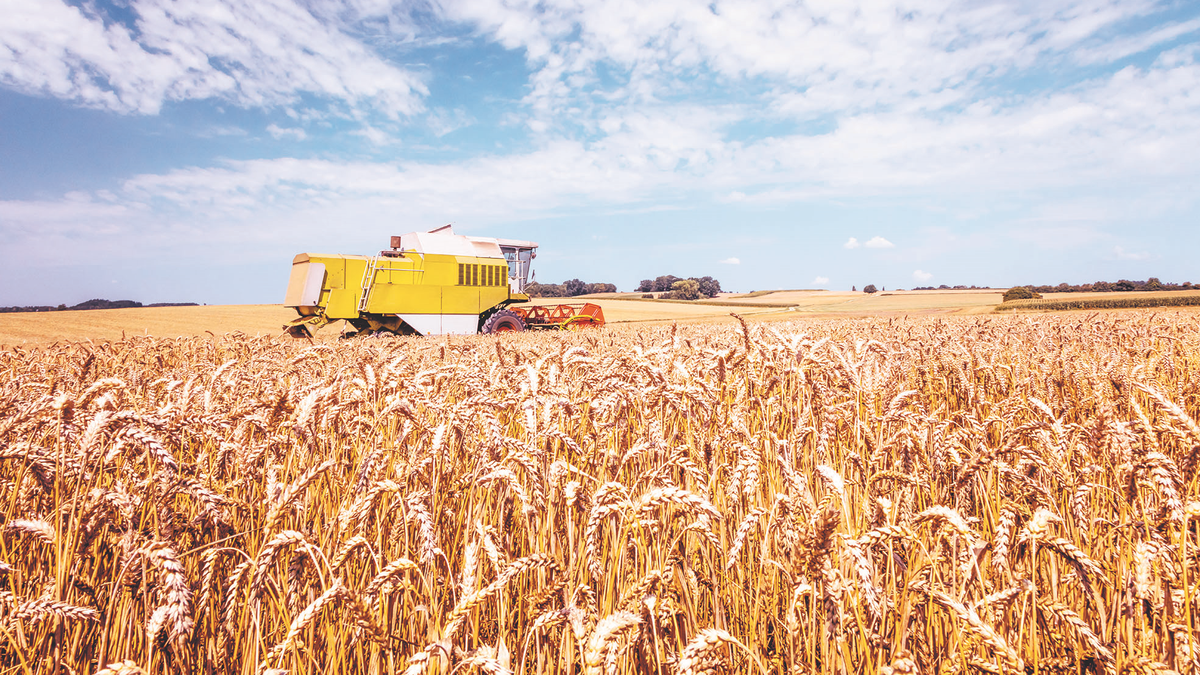“Despite the recent storms, important rains do not arrive and the crop is going through the critical period, losing yield potential. The first estimate for Argentine wheat is 19.5 million tons, one million less than what was expected at planting“, indicated a work from the institution.
The evaluation indicated that, “except for the rains of early May in the east of the Pampas region, the Santa Rosa storm, and a few millimeters that were added to the east of Buenos Aires, “The 2024/25 wheat campaign did not receive significant rain so far in the cycle.”
“The month of September has been inclement with the lack of water, and with the beginning of October, the scenario did not change. That is why it is so important to rescue the recent storms of October 7-8“he added.
Photo of wheat.jpeg
The 2024/25 wheat campaign has not received significant rain so far in the cycle
The panorama of the wheat harvest throughout the country
The BCR stressed that “the favored area was the north center of Córdoba and Santa Fe, which received between 15 to 30 mm, there were even some higher records, such as in Bengolea, in the central west of Córdoba, of 46 mm. But the updated humidity reserve As of October 9, there was no improvement and the areas are still in red: 120 to 180 mm are needed to have optimal conditions.”
On the other hand, he stressed that “an improvement is observed in the updated anomaly image of the reserves, especially in the areas with more marginal rainfall in part of the NOA and NEA, but for a statistical issue. “Those areas received rains in a very short time that are not usual for those areas.”
The BCR maintained that “The 2024/25 wheat sowing began with good humidity conditions to very good after the important autumn rains” for which the “sown wheat area grew 22%” compared to the last campaign.
The incentives They were good international prices, good water reserves in the soils and the leafhopper effect and its limitation in the sowing of late corn in the affected areas, to maintain grasses in the rotations.
“But since mid-May there have been no significant rains to replace the lost moisture and soil reserves have gone into drought condition in Santa Fe, Córdoba, La Pampa, Santiago del Estero and Chaco, and even in part of the SW and NOT Buenos Aires,” the institution warned.
Anyway with a planted area of 6.7 million hectares and this estimate of 19.5 million tons, Argentina would produce 31% more wheat than it produced in the last bad season (14.5 Mt).
Regarding corn, he pointed out that this was a year with an “imperative need” to plant it early “due to the leafhopper effect,” but a very dry September and an October that has not yet shown significant rains keeps corn planting almost paralyzed at 10%. .
Source: Ambito
I am an author and journalist who has worked in the entertainment industry for over a decade. I currently work as a news editor at a major news website, and my focus is on covering the latest trends in entertainment. I also write occasional pieces for other outlets, and have authored two books about the entertainment industry.




